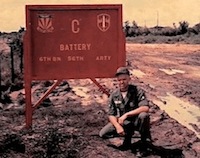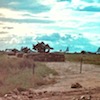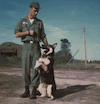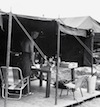Also in September, the first handler teams of the 88th were assigned to the regiment to provide perimeter security for the 6th Battalion's C Battery at the airfield.
The 88th MP Company (K9) Detachment, MACV, was located in the C Battery cantonment, and provided perimeter and site security. This was during the early stages of the buildup, there were no hard structures, all operations were conducted from canvas field tents and physical security was paramount. The Handlers worked and lived side by side with the artillerymen.
Personal Reflections “Me and my dog King (234E) shipped to Oakland, California in August of 1965. We were part of a group of fifty dogs and handlers going to Vietnam. We stayed for about two weeks in an old missile site back in the hills outside Oakland then shipped out one night on a C130. Upon arrival in Vietnam and after about a week in Tent City I was assigned to C Battery, 6th Battalion, 56th Artillery. I stayed in the same unit for 12 months.





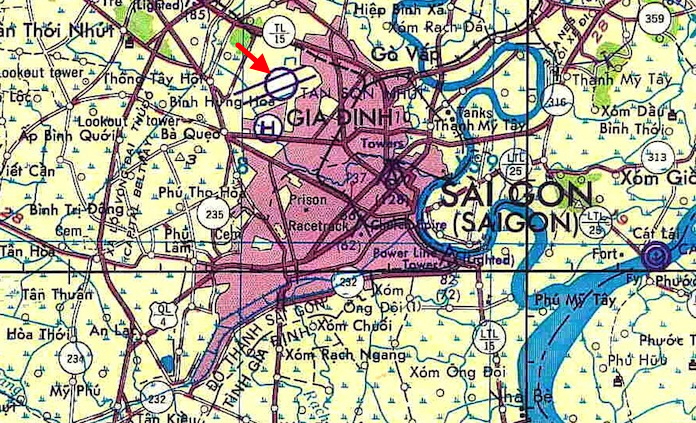
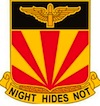 Regiment
Regiment